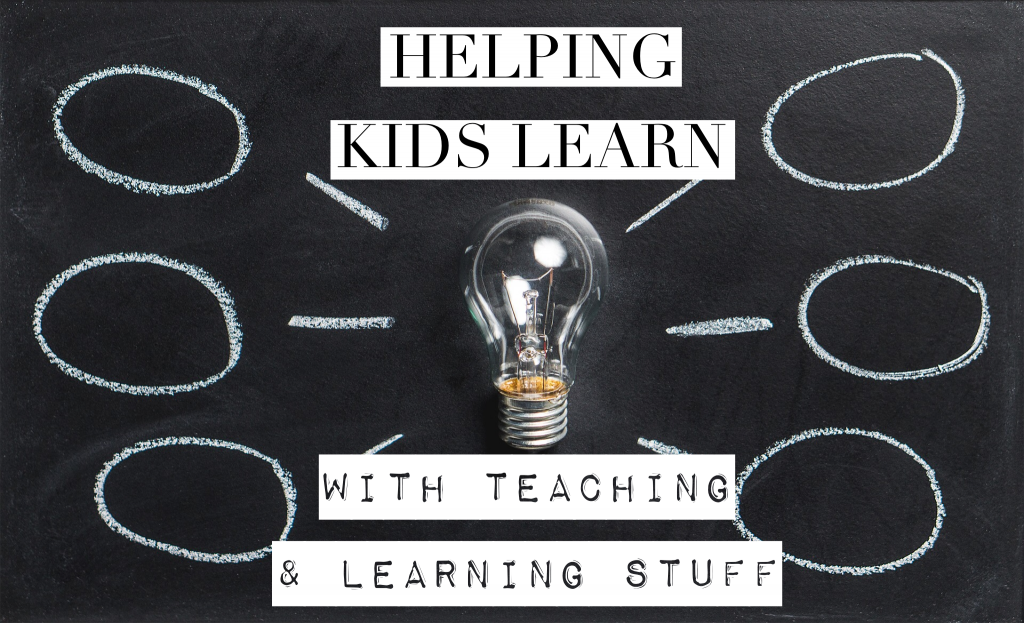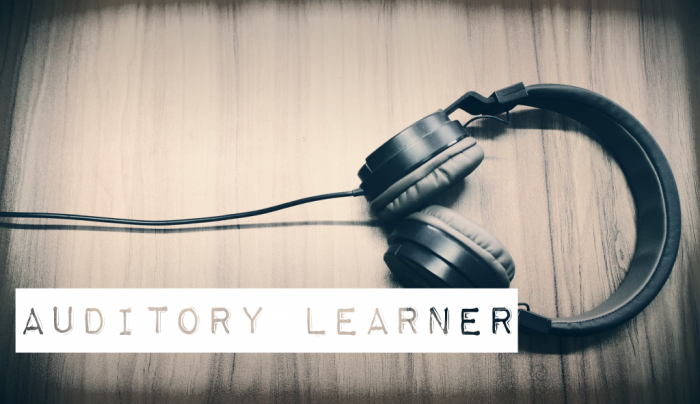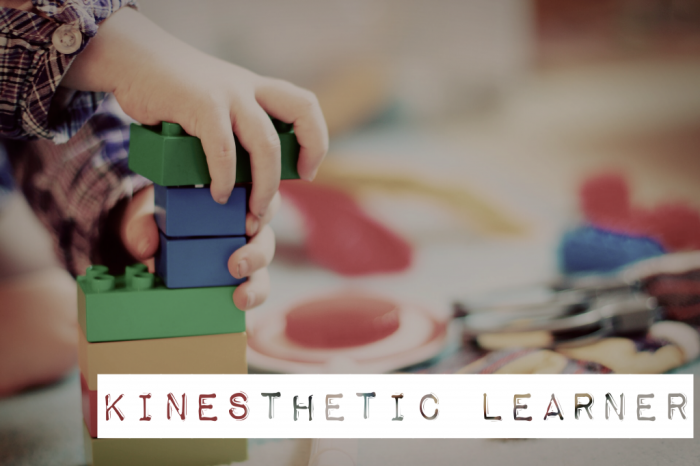
Helping Kids Learn with Teaching & Learning Stuff
Because helping kids learn can be challenging, customers often come in to Teaching & Learning Stuff and ask us to point them in the direction of something, anything, that will appeal to their child. We can help with that! After a short discussion, we are usually able to find products for their individual child or student based on that child’s particular learning style. You may already know that everyone has a learning style strength, and there are several schools of thought on the subject. Here is a quick rundown of a basic, and probably the most common, approach to learning styles.
Some people learn in a more visual way (seeing), some are more auditory (hearing), and still others are more kinesthetic (doing). While everyone possesses the ability to learn in all of these ways, there is usually a stronger area that overcomes the weaker ones. This is not to say there are some children who are not adept at two or even all three, however. Once the main learning style is identified, usually around age 6 or 7, then it’s fairly simple to find tools at TLS that the child will enjoy most and learn from best using their strengths in the process!
The following lists are not exhaustive, and it doesn’t mean that a visual child won’t enjoy kinetic sand or rhythm instruments from time to time. We hope these ideas will assist you in helping any child learn in their own unique way; everything listed here can be found in-store or through our online catalog at teachingstuffshop.com.
Fun ways to help the Visual Learner (pictures and/or words)

- Flashcards
- Workbooks
- Matching games and puzzles
- Books with directions or diagrams
- Charts and graphs
- Maps and globes
- Timelines with pictures
- Chore and Incentive Charts
- Sentence strips and desk tapes
- Bulletin boards, chalkboards, white boards
- Science project books and display boards
- Primary Sources Historical Documents
- Dictionaries
- Doodle pads, gel pens
Items that may be ideal for Auditory Learners (listening and/or verbalizing)

- Lotto Games, Foundation Skills Phonics
- Toobaloo, Whisper Phone
- Phonics Sing-along
- Rhythm instruments
- Making up conversation for puppets or plastic play figures
- Rhymes: Rock ‘N Learn (Phonics, Math, Science), Words are CATegorical readers
- Hot Dots products
- Noise-reducing headphones
- Book and CD sets
- Sing-Along Songs and books
- Any ability-appropriate books to read aloud
- Memory games
Products for Kinesthetic Learners (doing and/or tactile)

- Hand puppets
- Magnets and magnetic boards
- 3-D Storybooks
- Math manipulatives (blocks, rods, chips, play money)
- Dramatic play/dress up
- Moving to music CDs
- Indoor/outdoor active games
- Timelines and maps he can craft
- Experiences with play foam, sand, clay, water, fake snow
- Science Experiment Kits
- Thinking Putty and Squeeze balls
- Arts and Crafts
- Wikki Stix
- Blocks, construction sets, building toys
- Sight Word Swat and 3-D Sight Word Sentences
- Workbooks with stickers
Understanding learning styles is a great first step in getting the right products to help teach a child with success. When you do that, then you nurture their gifts and strengths and don’t frustrate them (and yourself!) in the process. As you head back to school in the new year, we want you to know we’re here to assist you! Teaching & Learning Stuff is much more than a classroom supply store. We are more than a toy store. The Learning part of our name says everything we aim to be. Our desire is to come alongside teachers and parents in their quest to find interesting and engaging items for their children to learn with in the way they learn best. Not only do we provide an outstanding selection of teaching aids for the classroom or homeschool, we also want to provide outstanding service that sets us apart from any other store. The merchandise choices in Teaching & Learning Stuff can be the key to unlocking a child’s potential!
(Please note: the information provided here and in other blog posts or by our staff is for general use and is not meant to replace any medical or testing evaluation of children.)




